Sites of interest on the World Wide Web—edited by David Roman
A Hand to Bet On….
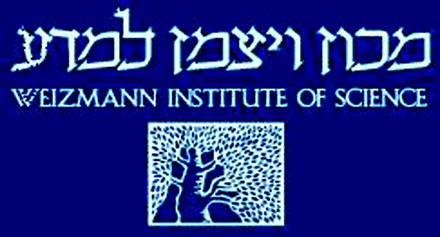
The Weizmann Institute of Science and XenneX, Inc. have partnered to bring a very useful Web site (http://www.genecards.com) to the scientific community. Genecards® is an integrated database of human genes, with linked “fields” of information that include gene expression, gene function, single nucleotide polymorphisms and disease state information. Additionally, the genetic information is available in minicard or microcard format, indicating separate levels of detail. Searching for a particular gene exposes useful nomenclature information, including previously used names, a text and graphical illustration of the gene chromosomal information, and SNP information. Additional linked data include references for commercial sources of purified protein, antibodies, biochemical detection assays, RNAi information, reported mutant phenotypes and chemical compounds that interact with the protein. Furthermore, tissue-specific gene expression information and extensive literature citations are available. Another clever feature the Web site provides is the ability to assemble GeneCards® into GeneDecks (http://www.gen-ecards.org/GeneDecks_Overview.shtml), which show associations between genes an investigator inputs into their search engine. Any pharmacologist or biomedical researcher interested in delving “a little deeper,” into the genetic realm should find the GeneCards® Web site to be a valuable starting point.

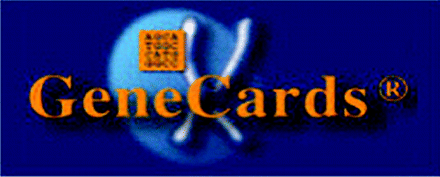
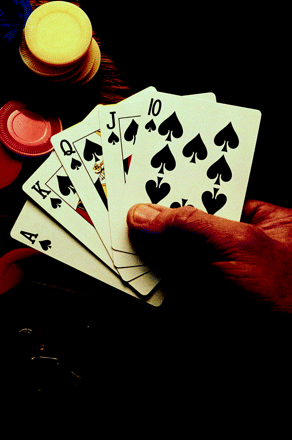
World War I as the Chemist’s War
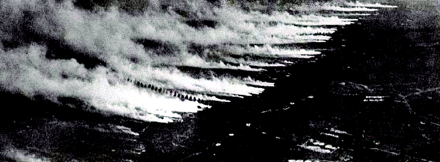
In this month’s Molecular Interventions, Brian Cox highlights the noble endeavors of Dr. Torald Sollmann to minimize the vesicating actions of mustard gases through self-exposure and experimentation. The use of chemical warfare agents continues to be a threat today, as highlighted in Dr. Cox’s article. For those interested in learning more about the chemical agents used historically and in more modern conflicts, one Web site (http://www.cbwinfo.com/intro.html) provides both chemical and biological gateways that provide information such as chemical precursors, physiological effects of the agents, and information on antidotes. Although the historical section of the Web site is mostly “under construction,” a lengthy historical narrative from 590BCE to the 1700s is a very interesting read.
The Lundbeck Institute: Two Great Web Sites for Education and Psychotropic Drugs

The Danish company Lundbeck has developed a not-for-profit arm (no ads) to provide information on neuroscience for both patients and health care professionals. The Web site (www.cnsforum.com) has research, clinical, and journal “banks,” but perhaps the most useful is the educational image bank, which provides free high resolution, high quality images focused on CNS anatomy, psychiatric disorders, and other disease states such as substance abuse. The images are impressive, free, and are sure to add some nice highlights to your next Powerpoint presentation!

Another Web site developed by Lundbeck provides a plethora of information on psychotropic drugs, including those removed from the marketplace (www.psychotropics.dk). The site includes drug monographs, side-effects, street-names, plasma half-lives, and “orphaned drugs” in the USA—mostly those promising drugs that failed at some stage of clinical trial. Those interested in these drugs should find the Web site to be a great source for educational material and an interesting place on the World Wide Web to browse.

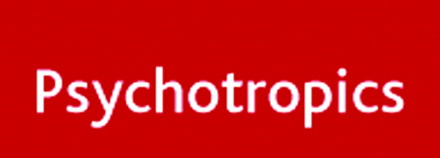
- © American Society for Pharmacology and Experimental Theraputics 2007



